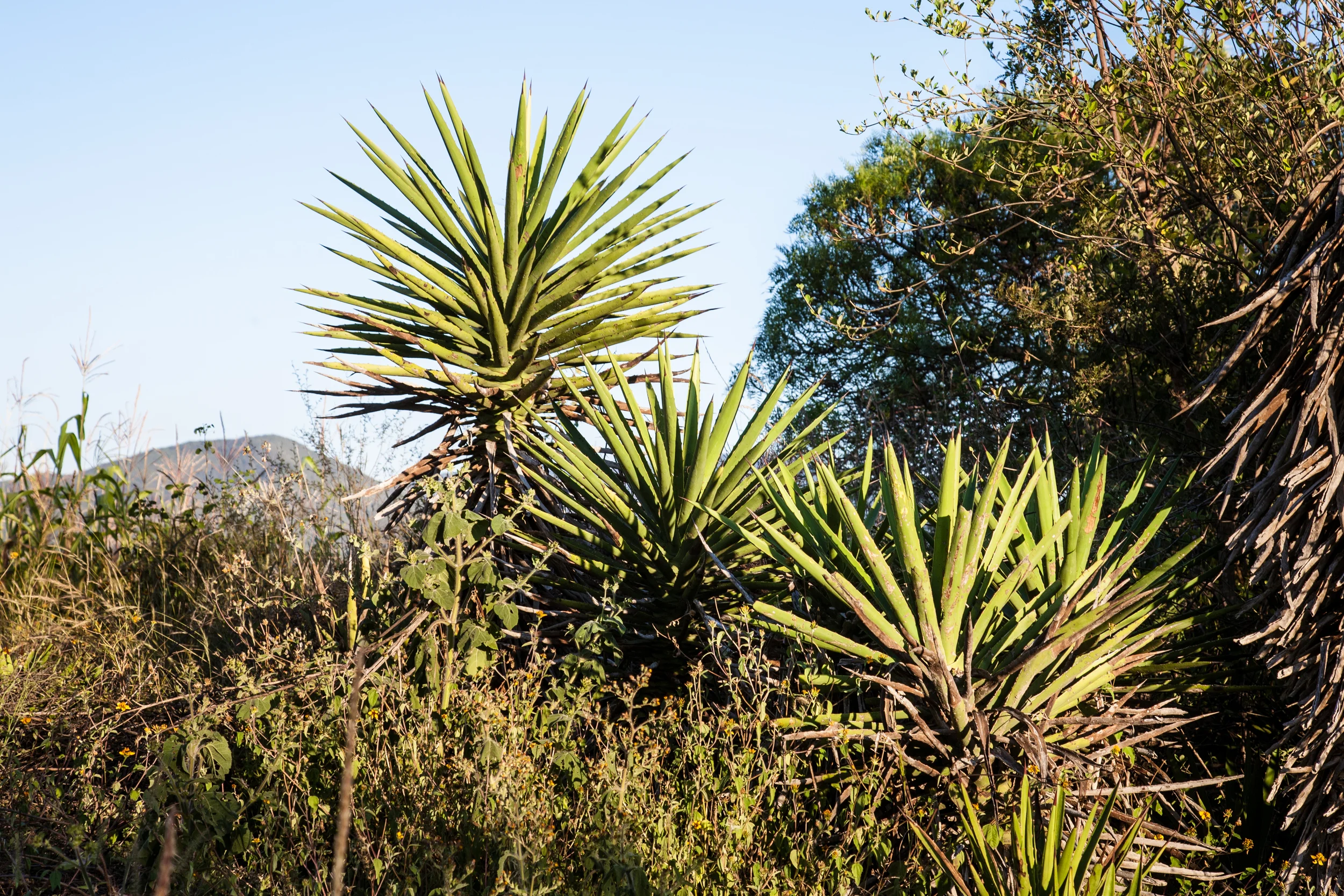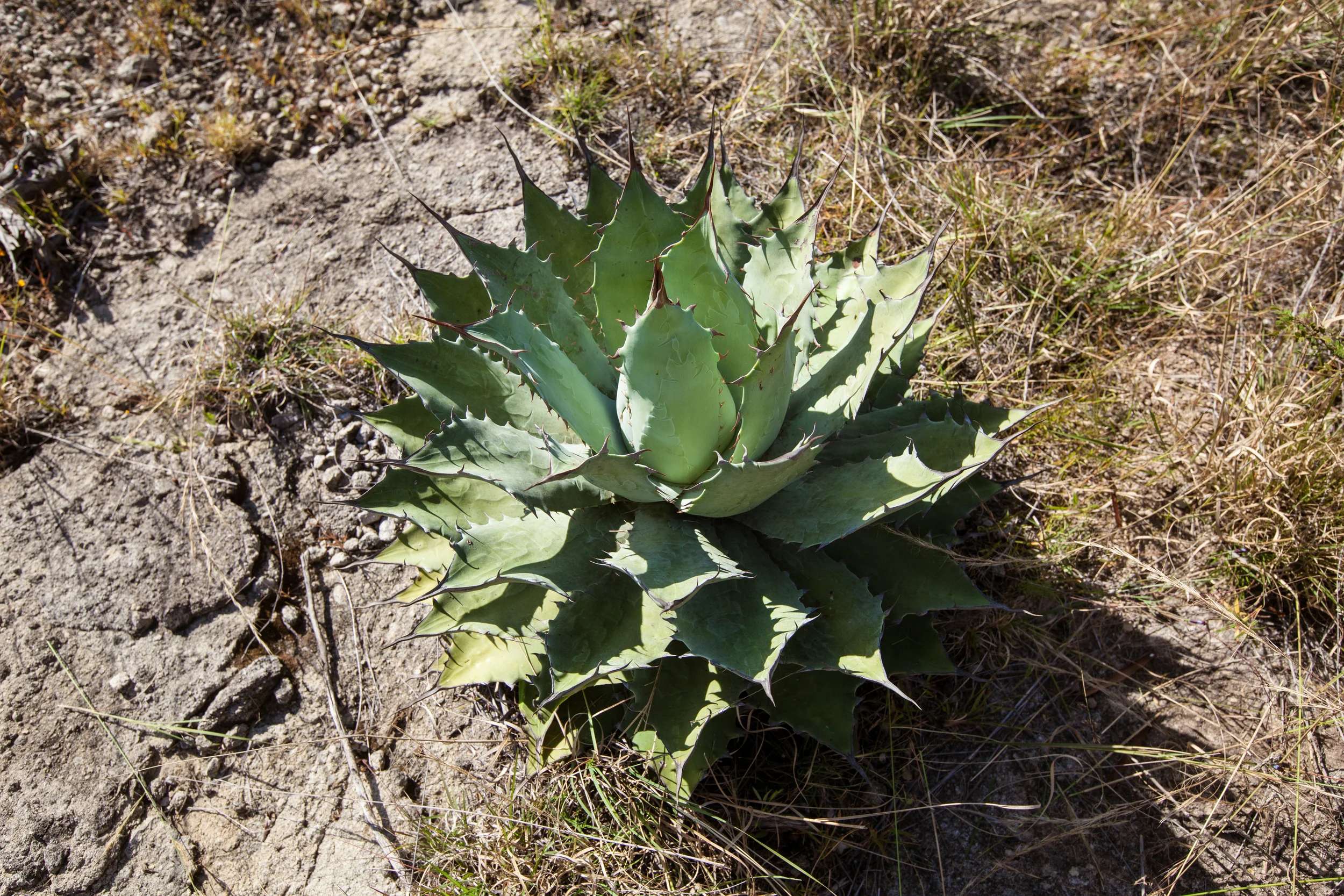This is the first in a series of in-depth posts that hope to shed light on the process and culture of mezcal. While we have spent a great deal of time researching these processes, we also understand that there are many different styles and traditions in mezcal culture. It is one of the reasons we love it so dearly. These pieces are in no way intended to be dogmatic, but rather conversation starters. Please feel free to ask questions if you are just starting down the rabbit hole, correct us or comment if you have experiences that have shown you otherwise. These are hopefully ways for people that cannot spend their days traipsing through the Sierra visiting maestros to share ideas and learn different customs from throughout the mezcal heartland.
Recent Posts
Featured

Tech Sheets
Mezcal Vago Argonaut Private Selection
Tech Sheets
Tech Sheets

















